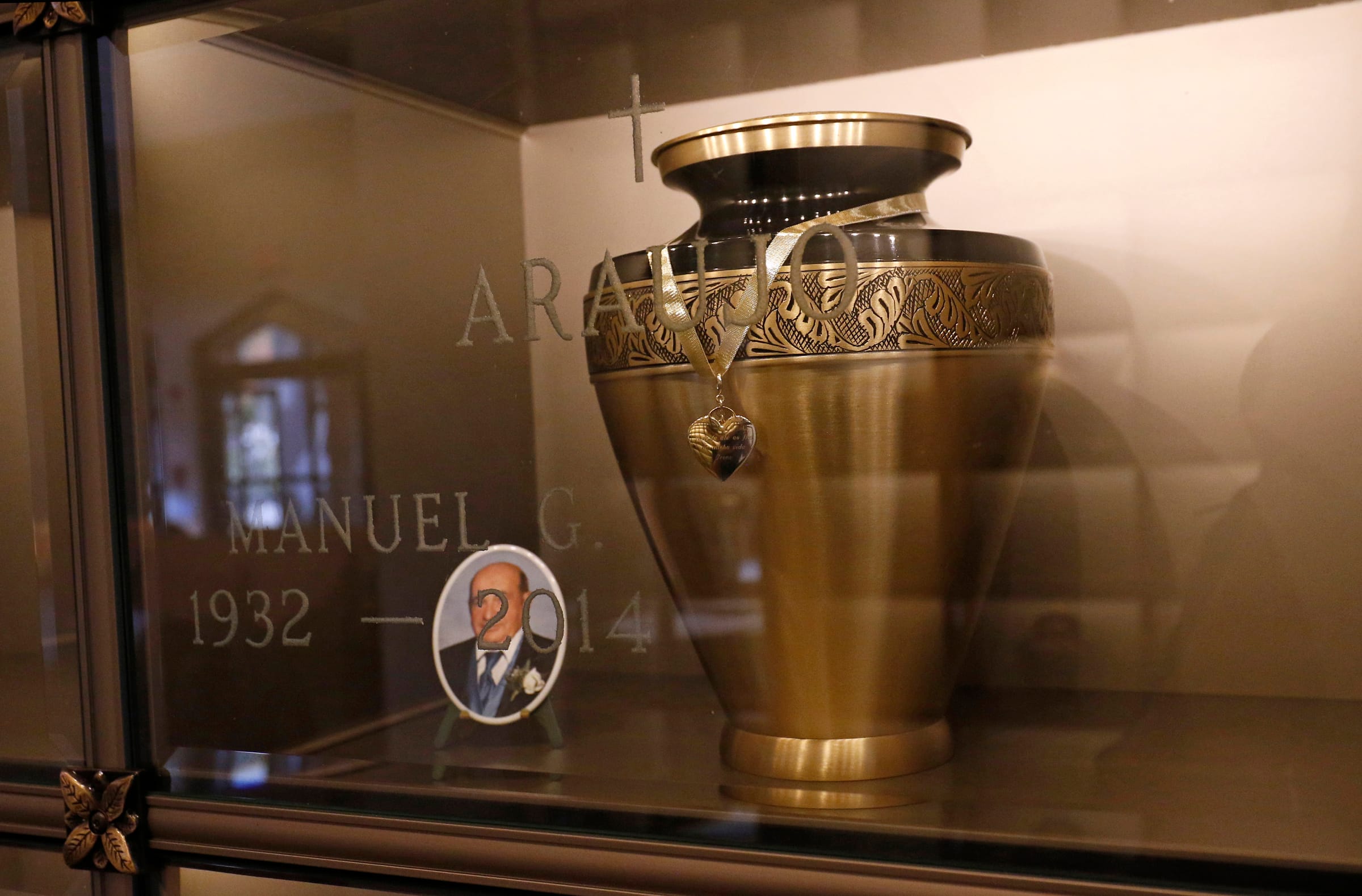Understanding the Catholic Church’s Stance on Cremation
If you’re Catholic, you might be curious about the Church’s view on cremation. Is it acceptable to cremate the body of a deceased loved one? What are the Church’s guidelines for Catholic cremation? And what are some common concerns that people have about cremation? This article will explore the Catholic Church’s stance on cremation, providing the information you need to make informed decisions about this topic.
A Shifting Landscape: From Prohibition to Permitted Practice
For centuries, the Catholic Church strictly prohibited cremation. This stance stemmed from the belief that it contradicted the doctrine of the resurrection of the body, a core tenet of the faith. Cremation was also associated with pagan practices in the ancient world, further solidifying its rejection by early Christians.
However, in 1963, the Church revised its position, lifting the ban on cremation. This shift was driven by a confluence of factors, including public health concerns, limited burial space in growing urban centers, and the rising cost of traditional burials.
The Nuance of “Permitted, Not Preferred”
While cremation is now permitted for Catholics, it’s essential to understand the nuances of the Church’s position. The Church still “earnestly recommends” traditional burial as the preferred way to honor the body after death. Burial is seen as a more tangible expression of the belief in the resurrection of the body and aligns more closely with centuries of tradition.
The Church emphasizes that cremation is acceptable only if chosen for reasons that align with Christian teachings. For example, opting for cremation due to financial constraints or concerns about environmental impact is considered acceptable. However, choosing cremation as a way to deny or diminish the belief in the resurrection of the body would be inconsistent with Catholic doctrine.
Respect for Cremains: Guidelines from the Vatican
The Vatican, recognizing the increasing prevalence of cremation, has issued guidelines for handling cremated remains, known as “cremains.” These guidelines emphasize treating cremains with the same respect and reverence given to a body awaiting burial.
Scattering ashes, a practice sometimes chosen for its symbolic connection to nature, is generally discouraged by the Church. Scattering can be misconstrued as indifference towards the body or a disregard for its sacredness. The Church encourages reverent disposition of cremains, such as interment in a cemetery, entombment in a mausoleum, or placement in a columbarium.
Theological Underpinnings: Why Burial Holds a Sacred Place
To understand the Church’s perspective on cremation, it’s helpful to consider the theological beliefs that underpin its stance:
- The Sanctity of the Body: Catholics believe that the human body is sacred, a temple of the Holy Spirit. Even after death, the body is treated with reverence, reflecting this belief. Burial, with its emphasis on laying the body to rest in a consecrated place, has long been seen as the most fitting way to express this reverence.
- The Resurrection of the Body: The belief in the resurrection of the body at the end of time is central to Catholic faith. While cremation does not negate this belief, burial has served as a more tangible representation of this hope for centuries.
- The Soul’s Immortality: While the physical body is mortal, Catholics believe that the soul is eternal. This belief highlights that the Church’s focus is not solely on the physical remains but on the soul’s journey after death.
Navigating Personal Choices within a Framework of Faith
The decision of whether to choose cremation or burial for oneself or a loved one is deeply personal. The Catholic Church recognizes that individuals may have different circumstances, preferences, and even theological interpretations that influence this decision.
What remains paramount is approaching this choice with a spirit of reverence for the human body and a commitment to upholding the core teachings of the faith. Consulting with a priest or spiritual advisor can provide guidance and support in navigating this decision within the framework of Catholic belief.
Evolving Practices, Enduring Beliefs
The Catholic Church’s stance on cremation reflects a willingness to adapt to changing societal norms while remaining grounded in its core beliefs. Cremation, once strictly forbidden, is now permitted, albeit with certain guidelines. This evolution highlights the Church’s efforts to guide its followers on sensitive issues while upholding the sanctity of the body and the hope for resurrection.














